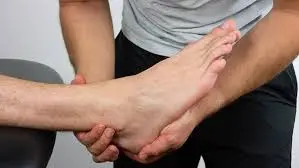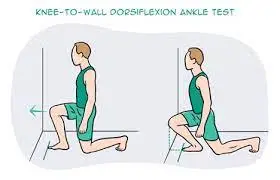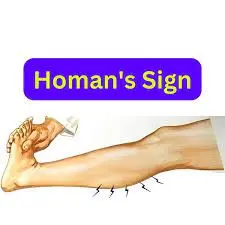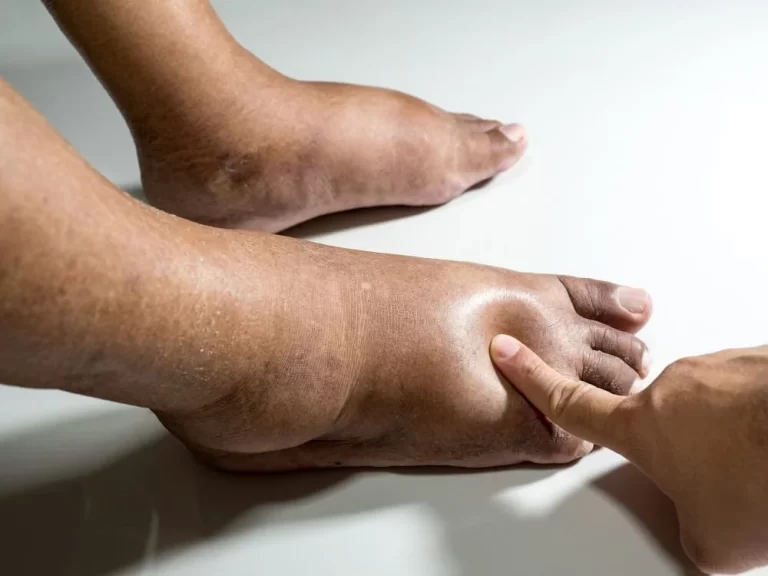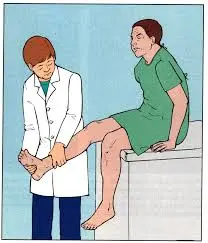Tonsil Stones
Introduction Small lumps that progress in your tonsils are known as tonsilloliths or tonsil stones. Bad breath is the primary sign of tonsil stones. Methods for tonsil stone removal at home involve using a saltwater gargle or a water pick. If the tonsil stones are coming back or bothering you, your distributor could recommend surgery….


